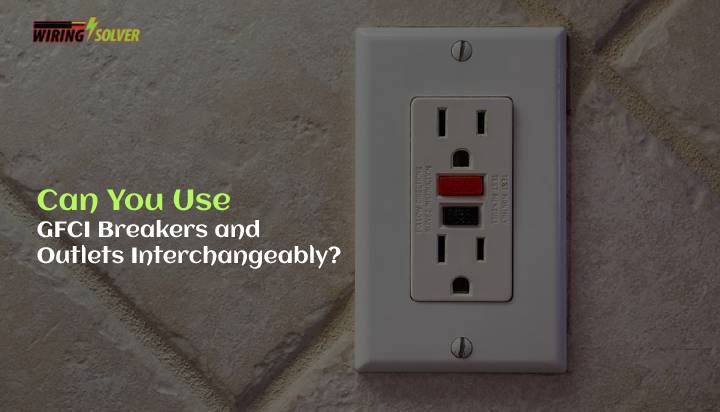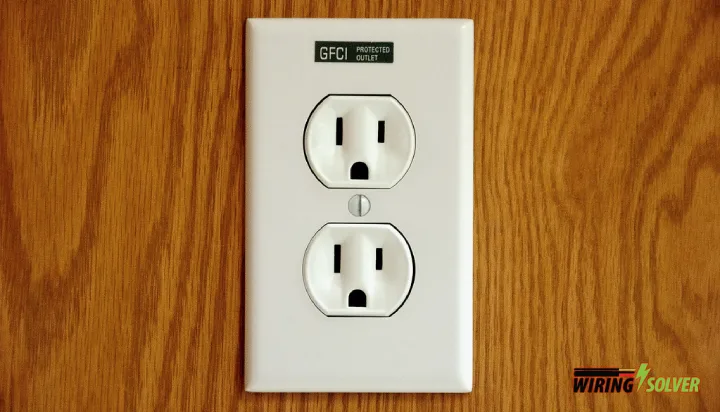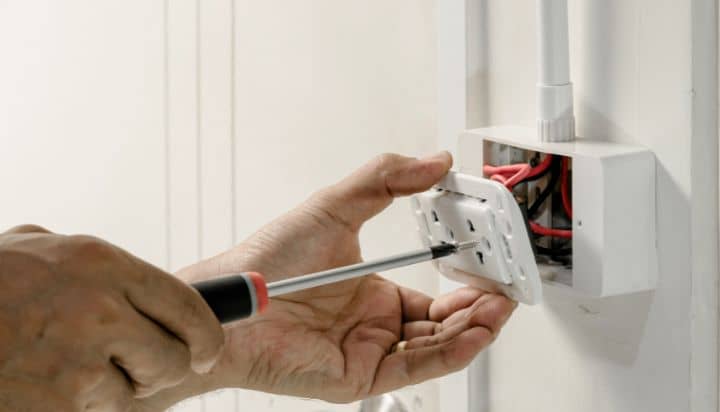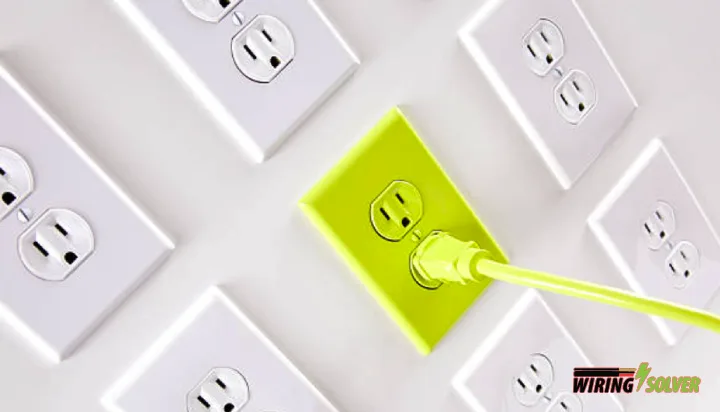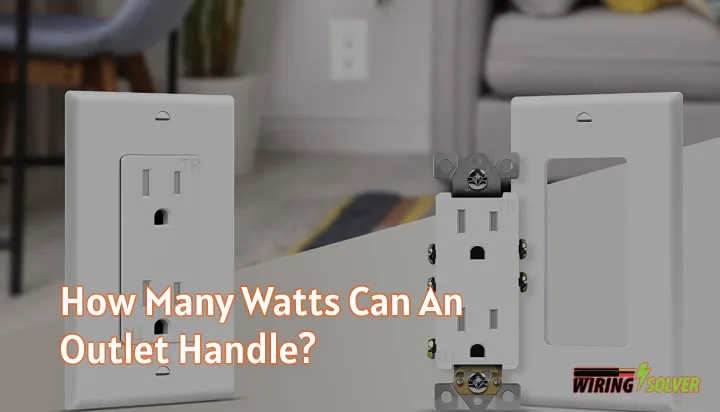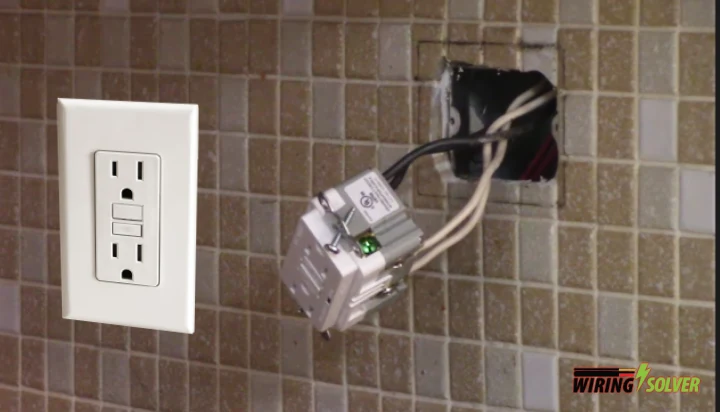Outlets, sockets, and receptacles are terms that are often used interchangeably but have distinct differences in their applications. These terms refer to the point of connection in an electrical system where a device can be plugged in to receive power.
The key distinctions between an outlet, a socket, and a receptacle can be seen in various elements. Such as the definition, purpose, role, price, and build configuration.
Understanding the difference between an outlet, a socket, and a receptacle is crucial for anyone involved in electrical work or household maintenance. This article will explore the definitions and applications of Outlet Vs Socket Vs Receptacle.
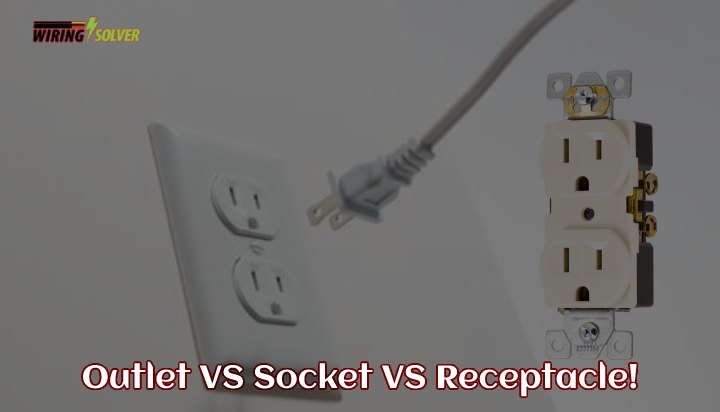
Differences Among Outlet VS Socket VS Receptacle
As I have mentioned above, the differences between sockets, electrical outlets, and receptacles can be observed in several critical areas. I will provide a table below to showcase some of the sectors in which they differ from each other.
Outlet VS Socket VS Receptacle
| Area of Dissimilarity | Outlet | Socket | Receptacle |
| Definition | Any input terminal that supplies power through any kind of cord when plugged in, can be called an outlet. | An input or output terminal, that exclusively channels power through any certain type of plug or connection is called a socket. | The contraption which holds the connection securely in place on an outlet is called a receptacle. |
| Build Configuration | An outlet can be made up of multiple receptacles. | Sockets are usually used alone. But they can come in a group. | Multiple receptacles can be on the same outlet. |
| Role | Outlets contain one or many sockets or receptacles. | Sockets are mechanically an opening where anything is plugged in. | A receptacle is an opening in a socket. |
| Number of Connections | An outlet can host multiples connections. | A socket can only support one connection. | A receptacle can also support one plug per receptacle. |
| Price | The average cost per outlet is $175. | The price of sockets can vary from $5 up to $250 depending on the type. | Each receptacle, if bought separately without an outlet, can cost from $7 to $50. |
| Example | 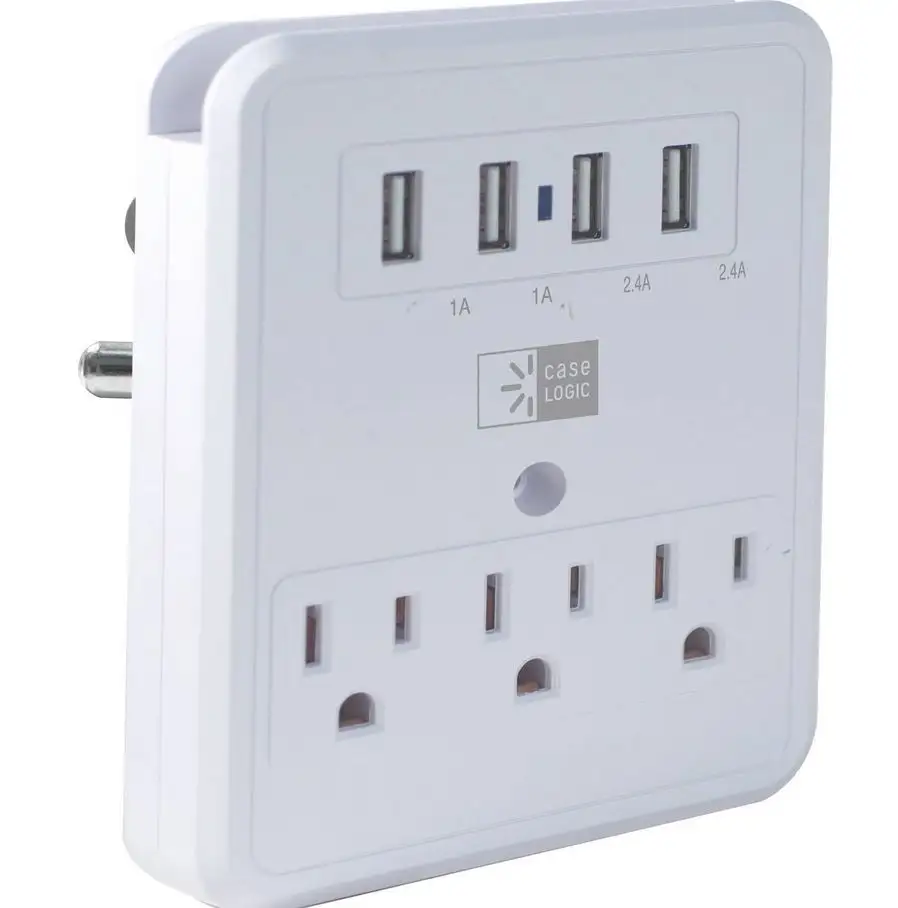 Fig 1- An Outlet with USB Connections and 3 Receptacles | 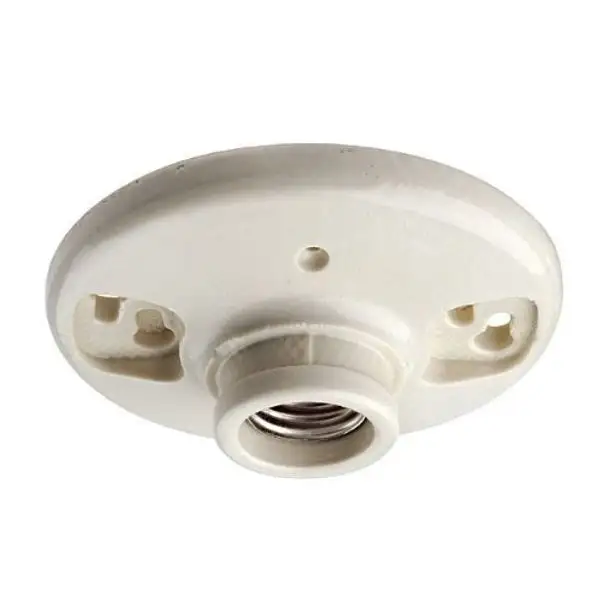 Fig 2- A Light Socket | 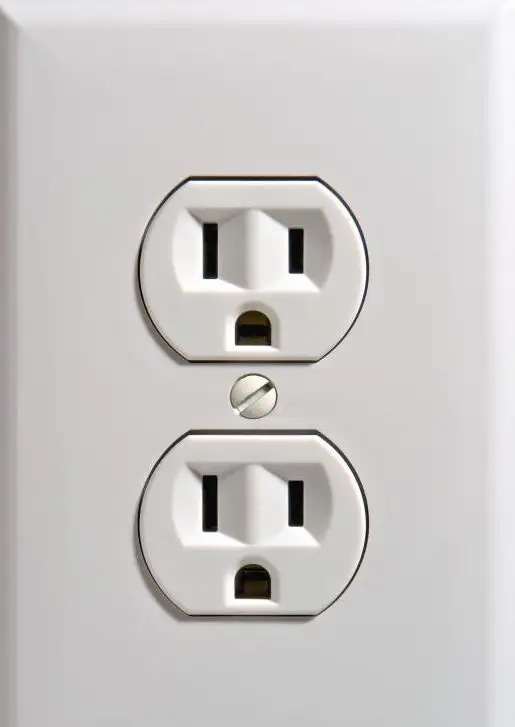 Fig 3- An Outlet with 2 Receptacles |
Relationship Between Outlets, Sockets, and Receptacles
As we can see from above those outlets, sockets, and receptacles are each a type of their own. However, all three of them are interconnected. More on this below:
- Definition: By definition, an outlet contains either multiple sockets or multiple receptacles. Outlets and receptacles are specifically for supplying power. But a socket can be used not only to supply power but to channel it as well. GFCI outlets also differ from regular outlets.
- Build Configuration: Any outlet can be a socket, but not every socket can be an outlet. A receptacle is the part of the socket or outlet, which has holes through which a plug goes in. This means, a socket contains a receptacle but an outlet can contain multiple.
- Role in Connection: An outlet acts as a holder for the sockets and receptacles. A socket is just the connection point of two different devices to channel power through them. A receptacle just holds the connection securely.
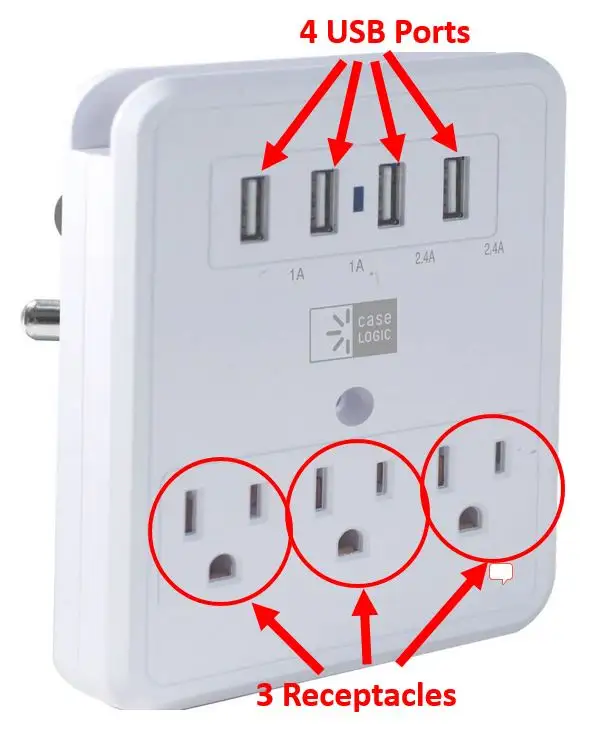
- Number of Connections: As mentioned before, one socket or one receptacle can hold only one connection itself. But an outlet can contain multiple connections within itself. In the picture above (Fig 4) we can see an outlet, which contains 4 USB connections and 3 receptacles.
- Price: Outlets are significantly costly (except in some cases) compared to sockets or receptacles. Because one outlet can contain multiple sockets or receptacles. However, in some cases, some rare or unique sockets can cost more than outlets.
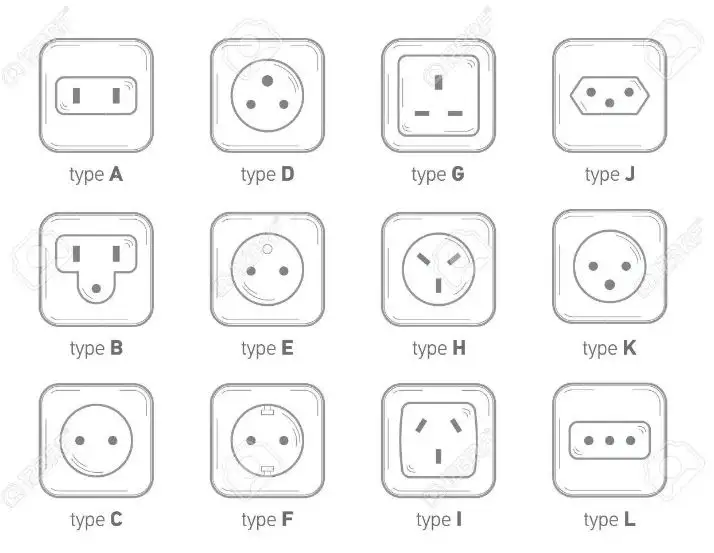
- Example: As we can see in the image above (Fig 5), there are several types of sockets available. Each is used for each distinct region, device, or purpose. An outlet can contain one or multiple of these. And each socket, a plug is held in place, with a receptacle. A receptacle is a hole, through which a plug is plugged into the socket and the outlet.
Outlet Vs Socket Vs Receptacle: How Can I Choose the Right One for Myself?
When it comes to electrical connections, it’s important to choose the right device for your specific needs.
Outlets, sockets, and receptacles are all designed to provide power to various types of electrical devices, but they each have their own unique features and uses.
Outlets are commonly used in residential settings and are designed to accommodate devices such as lamps, televisions, and small appliances. They are typically rated for lower voltages and amperages and are typically installed in areas where household devices will be used.
Sockets are typically used in industrial settings for heavy machinery and equipment that requires a high voltage supply. They are rated for much higher voltages and amperages and are designed to handle the high-powered devices that are often found in industrial settings.
Receptacles are similar to outlets but are designed to accommodate multiple devices at once. They are often used in commercial and office spaces where multiple devices may need to be powered from a single location.
When choosing between an outlet, socket, or receptacle, it’s important to consider your specific electrical requirements and choose a device that is rated for the appropriate voltage and amperage for your needs.
Installing a device with the wrong ratings can result in damage to your equipment or even pose a fire hazard.
In addition to considering the voltage and amperage ratings, you should also take into account the number of devices you’ll need to power and choose a device that can accommodate all of your needs.
For example, if you have several devices that will be in use at the same time, you may want to consider a receptacle with multiple outlets or a socket with multiple ports.
Finally, it’s important to choose a device that is appropriate for the location in which it will be installed.
If you’re installing a device in a damp location, you’ll want to choose a device that is rated for use in damp locations and that is protected by a ground-fault circuit interrupter (GFCI).
In conclusion, when choosing between an outlet, socket, or receptacle, it’s important to consider your specific electrical requirements and choose the device that is best suited for your needs.
Summary
This article explains the differences between outlets, sockets, and receptacles, which are often used interchangeably in electrical systems. The article provides definitions and examples of each type and highlights the best use cases for each.
The article aims to help readers understand the options available when installing or replacing electrical systems in their homes or workplaces.

